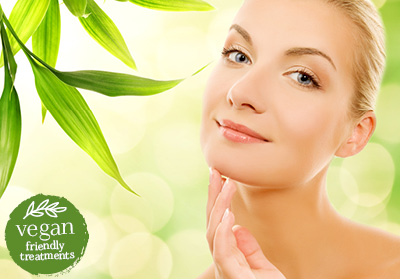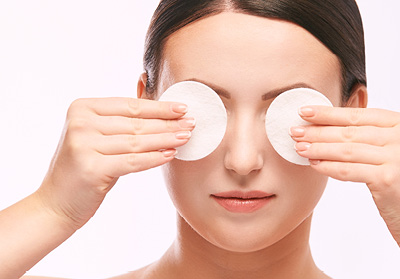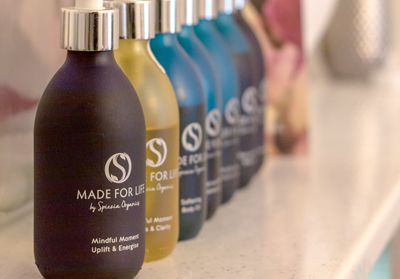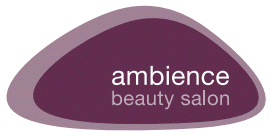Reflexology
Reflexology is a precisely defined form of treatment based on the theory that pressure on specific parts of the body could have an anaesthetising effect on a related area. The body is divided into ten equal and vertical zones, ending in the fingers and toes. Pressure on one part of a zone could effect everything else within that zone. Thus reflex areas on the feet and hands are linked to other areas and organs within the same zone. This can thereby create health and help overcome stress and disorder.
How does it work?
Nerve endings are embedded in the feet and hands that then travel through the spinal cord and various parts of the body. Stimulating these nerve endings helps promote relaxation, improve circulation, stimulate vital organs in the body and encourage the body’s natural healing processes. Unlike conventional medicine, Reflexology works on the underlying problems within the body and works through the body’s nervous system. Sometimes lactic acid can be felt in the foot in the form of little crystals. This is a sediment due to poor eating or lack of exercise and can be crushed and re-absorbed into the body, allowing the lymph system to eliminate the waste product.
Is Reflexology new?
No. Like most complementary therapies Reflexology has its roots in the ancient civilisations; Egypt, China, primitive Africa, Native India and tribes of America.
What happens during treatment?
Reflexology can take up to an hour per session and usually six weekly sessions are recommended for optimum results. At your frst appointment your trained reflexologist will take a detailed case history, asking questions about your health and lifestyle. This is an important aspect of treatment as the reflexologist must have an understanding of all factors of your health, both physically and emotionally. You will be asked to remove your shoes and socks and sit on a treatment couch or chair. The general appearance of your feet will be examined as any sores or corns cannot receive pressure. A relaxing massage is applied before treatment commences. The treatment involves even and frm pressure all over the foot/reflex points. The sensation is usually pleasant and soothing. Any discomfort is noted and is an indication of congestion or imbalance in the body and results in a positive reaction to treatment.
How can Reflexology help you? And who can benefit?
The body has the ability to heal itself following illness, stress, injury or disease. Reflexology can be used to restore and maintain the body’s natural equilibrium and encourage healing. Sensitive, trained hands can detect the deposits and imbalances and by working on these blockages can enable them to be released and restore the free flow of energy back through the body. Reflexology treats the whole person, not the symptoms of disease. Most people benefit from treatment. The therapy brings relief to a wide range of acute and chronic conditions, and is suitable for all ages.
It has been recorded to help in many problems. Listed below are just a few examples... PMS, kidney stone attacks, constipation, childbirth, back pain, migraine, headaches, hay fever, sinuses and catarrh, sciatica, endocrine disorders, arthritis and rheumatism, gout, respiratory and circulatory disorders, high/low blood pressure, skin disorders and many more.
How many treatments will I need?
This varies from person to person. Often effects are felt just after one treatment, however a series of treatments may be needed to make a significant change in the condition. Typically a client may choose to visit weekly until a consistent improvement is recorded, progressing to fortnightly, and then monthly intervals. After a course of treatments it is your decision to choose to come regularly to maintain health.
What reaction may occur after treatments?
It is possible that there will be quite a dramatic reaction to the first treatment, in various forms, such as cold type symptoms, increased bowel movements, skin problems, passing more urine, sleep can be improved, energy levels can be boosted. Headaches however, are sometimes made worse before they get better. These are all very healthy signs, which tell you that the treatment has worked and encourages the release of harmful toxins from the body. These are temporary reactions and should only last a day or two.
How can I help the treatments success?
After the treatment the body will ‘unlock’ toxins and tensions. You can help maintain this balanced state for approximately two days after treatment. Drink plenty of water immediately after the treatment and carry on for the next 24-28 hours. This will assist in the flushing out of any other toxins. Keep meals light to allow the body to detoxify. Eat fresh natural foods and avoid over refined and processed foods and that could add toxicity back up to the body.
Try to avoid both smoking and alcohol consumption.
Allow time to rest and relax after your treatment. A good nights sleep is advised to fully assist the body’s restorative processes. Avoid sunbathing and using the sun bed as this may make you feel exhausted.
Individual treatment 50 minutes £36
Course of 6 treatments £190
Refreshing, calming and soothing beauty therapy treatments

Vegan Friendly treatments
Ambience Beauty Salon now offer a selection of vegan friendly treatments; all free from animal derived ingredients and free of any animal testing. More>>

News and events
Keep up-to-date with our special interest days, evening promotions and spa parties along with special offers and current ambience salon news. More>>

Ambience shop
New for Ambience Beauty Salon - now you can buy the products we use and recommend for our rejuvenating and refreshing beauty and wellbeing treatments. More>>



